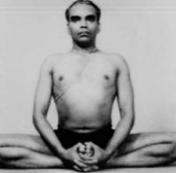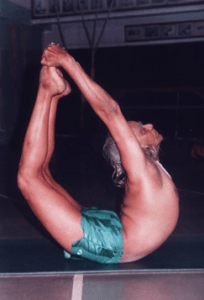 Yoga is an activity that is a complete package deal.
Yoga is an activity that is a complete package deal.
It helps us physically, mentally, emotionally and spiritually.
The physical benefits go way beyond the skeletal system like the strengthening of your muscles and flexibility of your joints. In our classes, we address all the systems.
Chief among these is the central nervous system (CNS). The CNS affects every other body system. It relays messages telling your brain what’s going on with you. And it relays messages from your brain to your body so it knows what to do and when to do it.
Part of your nervous system is responsible for the important automatic functions – like the beating of your cardiac muscle, the digesting of your food, and the releasing of hormones. You want these functions to be automatic so you don’t have to always remember to make your heart pump or your lungs inflate.
When you are under stress, your body goes into a fight-fight-freeze mode. It’s designed for short term survival.
If you were running for your life from a sabertooth tiger…the nervous system would ensure you had maximum strength and power in your legs.
 Meanwhile, some of the automatic processes like digestion would shut down.
Meanwhile, some of the automatic processes like digestion would shut down.
After a stressful episode, it is appropriate to stop and rest while your nervous system comes to stasis.
The problem is that many of us put ourselves under stress numerous times per day – every day. We don’t take the time needed for the nervous system to rest & digest.
It is only in this rest-digest mode that the body can heal and regenerate.
If practiced in a certain way, yoga can have remarkable and immediate effects on your nervous system.
You probably noticed this in your first few classes at EYC. You arrive to your class feeling scattered and fragmented. You leave more relaxed, but with your mind alert.
At first this process can seem mysterious to a student. But it’s deliberate on our part. Our teachers are trained to work with students in such a way that the nervous system is strengthened and stabilized.
We follow a detailed protocol in class that calls for the postures to be taught and practiced in a certain order. We observe each student in class and address each student’s particular situation.
We use tools for self-reflection so each student can develop a sense of awareness and discretion.
Through self-inquiry it is possible to see if our belief system is working, has a bug, or needs an update.
It is all a process. We all have our own time, our own light bulbs, and “Aha” moments.
Yoga is a tool, a support for living, a guide for personal growth, and a refuge in times of need.
Enjoy these 2 photos of Mr. Iyengar: top photo taken in his early years of teaching, bottom photo taken when he was well over 60.